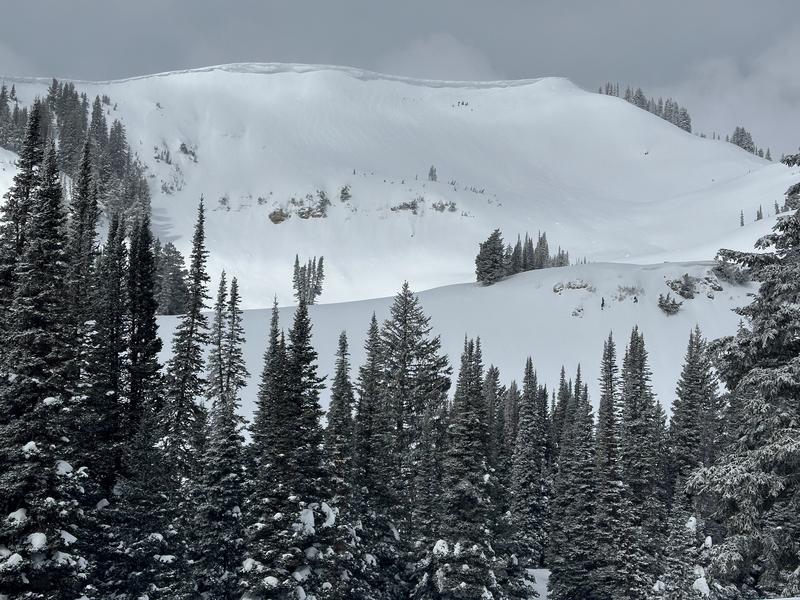Forecast for the Logan Area Mountains

Issued by Trent Meisenheimer on
Thursday morning, March 14, 2024
Thursday morning, March 14, 2024
Today, the avalanche danger is MODERATE across all mid and upper-elevation steep slopes for wind-drifted snow (wind slab) avalanches. The strong northeast wind will create shallow, soft, or hard slabs of wind-drifted snow that could be sensitive to the weight of a rider. Human-triggered avalanches 1-2 feet deep are possible.
Out of the wind-drifted snow problem, you will find a LOW avalanche danger where 4-6 inches of new snow sits over a firm base.

Low
Moderate
Considerable
High
Extreme
Learn how to read the forecast here





